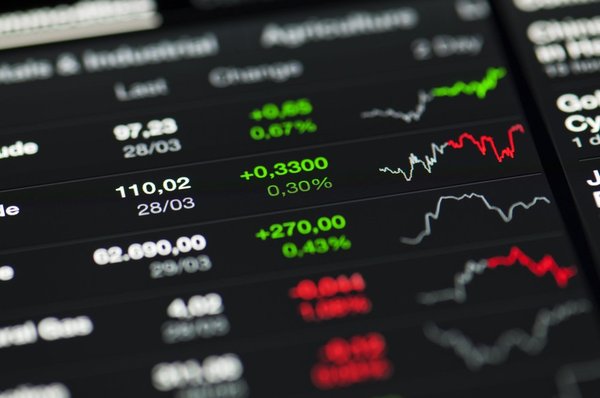
Top S&P 500 Index Funds of 2024 Face to Face
July 17th, 2024
00:00

00:00
Summary
- Comparison of Fidelity, Schwab, and Vanguard S&P 500 index funds
- Fidelity boasts lowest expense ratio, no minimum investment
- Vanguard requires $3,000 minimum, offers ETF shares option
- Index funds offer diversification, lower risk, and fees
- Historical S&P 500 performance and recovery discussed
Sources
In an ever-evolving financial landscape, SandP 500 index funds stand as a beacon for investors seeking to harness the growth of the broader market without the complexities of selecting individual stocks. These funds are the embodiment of passive investment strategies, designed to mirror the performance of the SandP 500—an index that represents the pulse of the U.S. economy through the 500 largest publicly traded companies. Among the pantheon of options available, three index funds have come to the fore in 2024, each offering a low-cost gateway to the same robust collection of American enterprise. The Fidelity 500 Index Fund, with an expense ratio of just zero point zero one five percent, leads the pack in cost efficiency. A close second is the Schwab SandP 500 Index Fund, bearing an expense ratio of zero point zero two percent, followed by the Vanguard 500 Index Fund Admiral Shares, with an expense ratio of zero point zero four percent. These minuscule expense ratios are a testament to the low-cost nature of these funds, a factor that directly influences an investors net return. The Fidelity and Schwab index funds extend an olive branch to novice investors with no minimum investment requirement, offering an inclusive entry point into the market. Conversely, Vanguard sets the bar at three thousand dollars for its Admiral Shares, though it provides an alternative through its exchange-traded fund variant, the Vanguard SandP 500 ETF, which boasts a one share minimum investment—approximately five hundred dollars as of mid-2024—and an even lower expense ratio of zero point zero three percent. The performance of these index funds is a near reflection of the SandP 500 itself. Over one, three, and five-year periods, the returns of the Fidelity, Schwab, and Vanguard funds have shown negligible differences when compared to the index, with the minor variations largely attributable to the respective expense ratios. For instance, a ten thousand dollar investment in the SandP 500 five years prior would have swelled to fifteen thousand six hundred ninety dollars by the end of 2023, while the same investment in the Fidelity 500 Index Fund would have been a breath away at fifteen thousand six hundred eighty dollars. The allure of these funds goes beyond their performance. They encompass a broad spectrum of stocks, allowing for seamless diversification and mitigating the risk inherent in individual stock investments. Furthermore, their passive management structure translates to lower fees, as no active stock picking is involved. Historically, the SandP 500 has demonstrated resilience, bouncing back from downturns such as the Great Recession and the bear market of 2022, to soar to new heights in subsequent years. However, investors are advised to exercise caution with leveraged SandP 500 ETFs, which are structured to magnify returns using borrowed money or derivative instruments. These are better suited for short-term trades rather than long-term investment strategies and can pose significant risks. In summary, the best SandP 500 index fund is one that aligns with the investors financial goals, offers the lowest fees, and requires a manageable minimum investment. The SandP 500 index funds, particularly from Fidelity, Schwab, and Vanguard, have proven to be robust options for investors looking to align with the markets trajectory while keeping costs at bay.